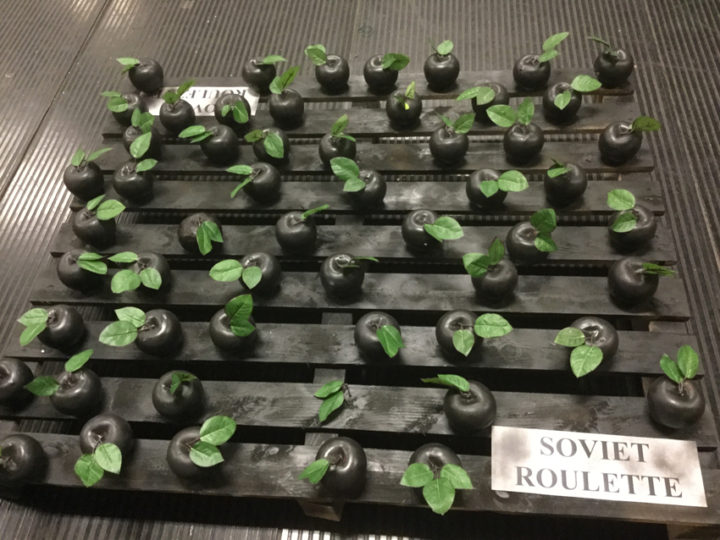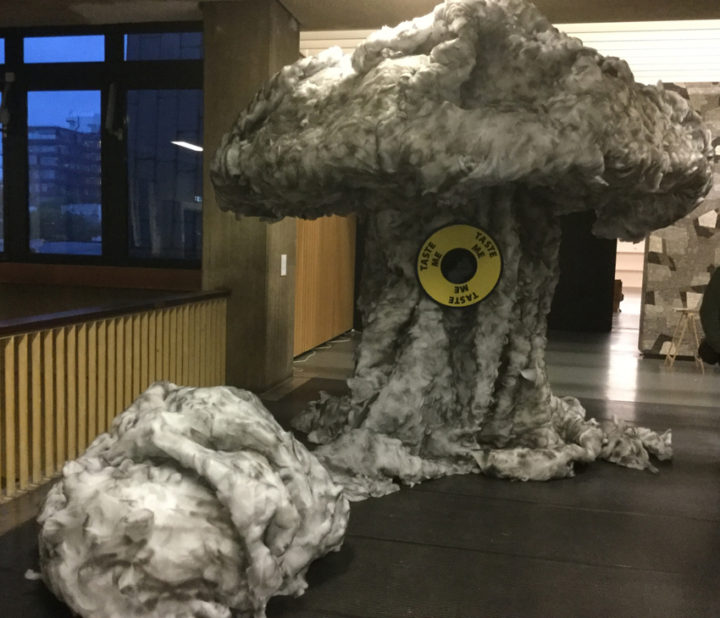Pressenza met at the IPB Berlin International Peace Conference with Omar, Quintina, Hernán and Simone, from the Arts Collective Food of War http://www.foodofwar.org/
Their idea grew out of plastic arts as an artistic medium regarding war and food after travelling to Israel, where they saw that food in Palestine passes from one side to the other but not the reverse.
The location and quality of food in the modern industrialised world is also an issue. Chefs cook nice food on TV, very good quality, searching for exotic ingredients in special markets, but they thought it was all a little fake, the issue is more complex, the food industry may have problems with quality but it feeds many people thanks to processed or canned food. So it is important to find a balance and not to be too naive.
They were invited to a debate on a documentary in Spain about food, all sustainable. A green little plant was shown, super cute, looking very appetising but it meant it had been subjected to radiation to last and look fresh longer.
They also saw in another occasion that children were invited to see and help improve the marketing image for advertising and brand name, especially for cereals bars containing 15g of sugar out of a total of 20g and Rice Krispies the rest. There is no real responsibility in advertising. Everything moves for money, and this is one of the Collective’s concerns.
They went on 26/4 to, Ukraine to do a Kiev Exhibition in commemoration of Chernobyl, collaborating with Ukrainian artists, a travelling exhibition. Sineida, from Ukraine, became part of the collective. They carried out Photography work on contaminated areas, the cloud in the picture was done by Simone.

Soviet Roulette at the IPB Peace Conference, Berlin, display by Food of War
Gastroperformers referred to a kind of Russian roulette, since local people are eating fish and other foods contaminated by the nuclear accident. There was a mention of the International Nuclear and Radiological Event Scale (INES) which was introduced in 1990 by the International Atomic Energy Agency (IAEA) in order to enable prompt communication of safety-significant information in case of nuclear accidents. (Wikipedia) The fact is that both Chernobyl and Fukushima reached the maximum rating (7), and continue to cause problems many years after the accidents and for many years to come.
The next exhibition of the collective will be in the Burgos region, Spain, near a closed nuclear power plant which is in the process of reopening in spite of serious safety concerns.






